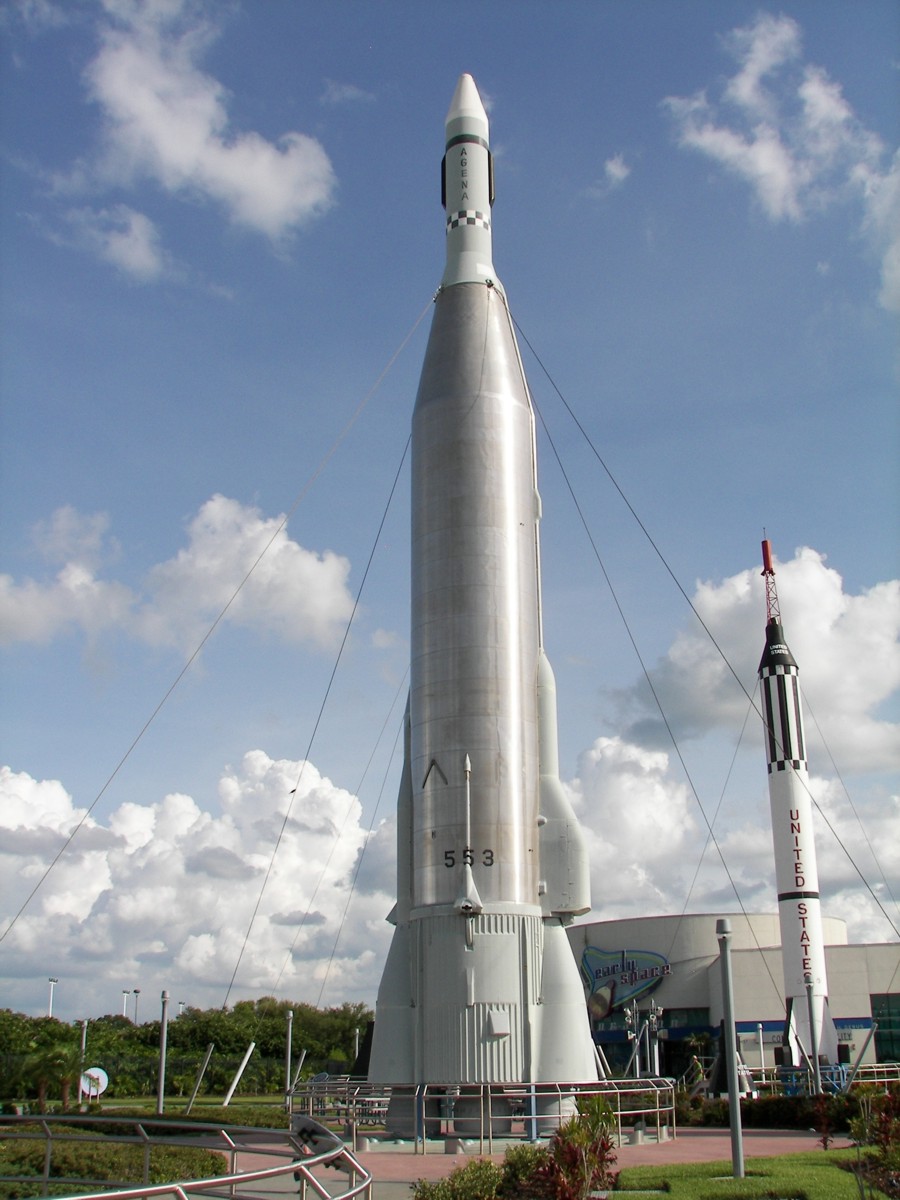


Therefore, they much preferred to avoid making random or unnecessary changes to the Mercury vehicles once they were qualified for orbital flight. Despite Atlas’s reliability issues, NASA had the benefit of conducting Project Mercury testing simultaneously with Atlas R&D, which provided very useful data sets as well as a test environment for modified equipment for Mercury launches.Īs a government agency, NASA is a decidedly conservative body and prefers to error on the side of caution with respect to all spaceflight activities. Also, NASA felt that the Atlas D stage-and-a-half launch configuration was preferable to the two stage Titan from a preflight check list perspective. NASA did not want to wait on a new rocket design and subsequent testing program or for the next generation of Titan II rocket to move the Mercury project forward, so Convair had to make significant changes to render the Atlas D safe and reliable for human launches. However, its reliability was far from perfect in its military form and therefore could not be qualified to carry astronauts. It also had the necessary payload capacity of 3,000 lbs., which was enough for Mercury capsule and pilot. The Atlas D rocket as configured for Mercury launches was 94 feet tall, 10 feet in diameter and weighed 260,000 lbs. As a subset of Project Mercury, the Atlas D missile was considered a good choice since it was the only launch vehicle in the US arsenal that could put the spacecraft into orbit.


 0 kommentar(er)
0 kommentar(er)
